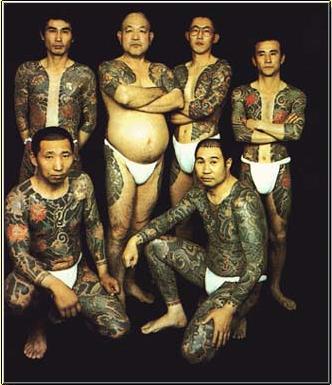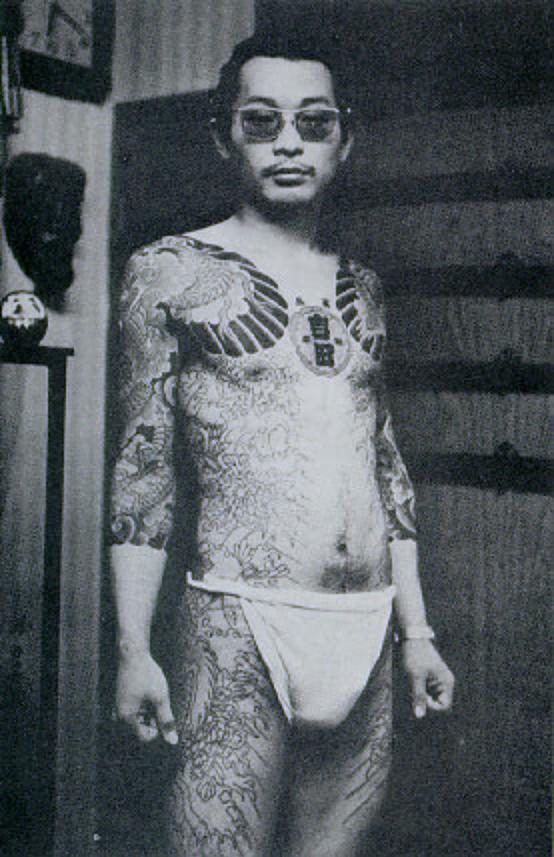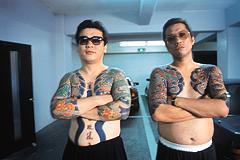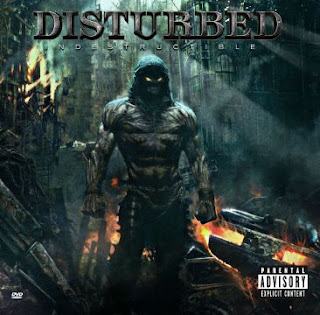I recently had the opportunity to play Final Fantasy XIII in a much quieter, more controlled environment where I could more leisurely experiment with and explore the game's many subsystems. It was during this demo that the game's battle system finally clicked in my head. It's certainly taken a while, but I'm now officially excited for Final Fantasy XIII. There's no way for me to know if the full experience will live up to the now wild expectations, but -- at the very least -- I can now fully enjoy the final month leading up to the game's U.S. launch.
For those of you that missed out on our
preview coverage of Square-Enix's upcoming JRPG, Final Fantasy XIII stars a cast of six characters with the mysterious "Lightning" taking the lead. The game takes place on two main worlds: Cocoon and Pulse. Pulse is a savage, sprawling field, whereas Cocoon is a spherical moon that hangs above it. The demo I played took place on Pulse, and this was one of the first times I was able to actually play in this environment.
It should be said that Final Fantasy XIII is gorgeous. Standing amidst the sweeping plains of Pulse was a magnificent experience, as creatures could be seen sprinting through the field in the distance, birds cast shadows on the ground as they glided overhead, and massive, dinosaur-like beasts meandered slowly and carefully through the canyons. The developers at Square-Enix clearly invested just as much energy into the game's visuals as they did when developing the game's sleek interface and sizzling CG.
At the start of my demo -- after I drooled the proper amount over the game world -- I explored a few more of Final Fantasy XIII's menus. It was here that I learned a tidbit that brought me great relief: you
can in fact control which characters are in your party and you can also select which character you as a player control during combat. I was previously under the impression that story progression dictated your party's members -- which is usually the case -- but the end of the game does open up and give players more options.
The battle system in Final Fantasy XIII is incredibly complex, but the fundamental basics are easy to grasp: players control one character at a time and can execute a string of commands in any order, as long as their command gauge has had enough time to fill. As the gauge fills in segments, the player can queue up as many commands as there are available segments. The AI handles control of the other characters in the player's party of three.
The other main component of the Final Fantasy XIII battle system is the Paradigm sub-system. A "Paradigm" refers to a collection or grouping of Roles that each character is currently assigned. There are six possible Roles available to the cast including Commando, Ravager, Sentinel, Saboteur, Synergist and Medic. Although each character in the cast of six has particular base statistics that might make them more suited for one Role or another, these Roles are open to everyone. So there are plenty of customization options available to players.
When building a Paradigm before battle, the player must consider what sort of Roles are needed at any one time. As the Role selected determines the character's abilities, it would be extremely unwise to head into battle with all three characters acting as Medics, for example -- they would be unable to attack. It's all about finding an effective balance that suits the situation. Commandos, for example, are all about melee attacks, while Ravager's are magic-based and can also serve as support units. Sentinels, on the other hand, are defensive in nature, while Saboteurs and Synergists are de-buffers and buffers, respectively. So one handy combination might be one Commando, one Ravager and one Medic. This set of three Roles forms a Paradigm.

Fortunately, players can create up to six Paradigms before battle and then switch between them at any time during combat. This is called a Paradigm Shift and dictates how all the characters in the party behave. While speaking with Yuji Abe, the battle director of Final Fantasy XIII, I was told that this Paradigm system was designed to give players control of the flow of battle. If your characters are getting weak, set up a Paradigm where two of your characters are medics and one is a Synergist. There are numerous possibilities and the fact that each character has a full grid of level-ups to grind through (similar to the Sphere Grid in Final Fantasy X and the License Board in Final Fantasy XII) for each available Role, players can sink an exorbitant amount of time into powering up.
Although Director Motomu Toriyama confirmed with me that there was no downloadable content currently planned for Final Fantasy XIII (because
Square Enix wanted a 100-percent enjoyable experience right on the disc), the game looks even more promising than ever before. I can now say that I am officially excited for Final Fantasy XIII, especially after seeing the character Fang summon her Eidolon, Bahamut.
After the king of dragons descends from the sky, shattering ancient, pulsating runes and splitting the clouds above, he can then transform into what I can only refer to as a "dragon jet fighter." Fang rides him around as he decimates the poor, underpowered creatures below with blasts of energy. This was about as close to a full "OMG" moment as I could have possibly hoped to experience.
Also, the game features little baby sheep that prance around on the field. You cannot interact with these sheep, but just look at how adorable they are. Who wouldn't be excited for this game?
In Final Fantasy XIII, players will embark on a journey through the cityworld of Cocoon and the outerworld of Pulse, encountering and fighting alongside a diverse group of allies. Execute powerful attacks with weapons and magic, and summon the enigmatic Eidolons with an evolved Active Time Battle system. Experience seamless transitions between real-time gameplay and in-game cinematics. Do you have the courage to face your destiny?
Release Date: March 9, 2010
MSRP: $59.99
Also on: X360ESRB: T Sazh KatzroySazh Katzroy is a character from the Final Fantasy videogame series.
Sazh Katzroy has the unusual distinction of being the first major Final Fantasy hero to sport an Afro. The hairdo actually serves something like a practical purpose aside from just looking cool – apparently, his pet Chocobo chick makes its nest up there.
As you m...
Lightning (Final Fantasy)Lightning is the gun/sword wielding heroine of Final Fantasy XIII.
Typically, in the Final Fantasy games, Crystals are not actors in the plot. They’re the MacGuffins, the objects that inspire the action, like in Final Fantasy IV. Final Fantasy XIII goes against the grain, though – its heroine is only doing what a Crystal told her ...
Oerba Dia VanilleA character from the videogame Final Fantasy XIII.
Oerba Dia Vanille is what is called an “l’Cie.” You say that something like “luh-shee,” with a little bit of accent on the second syllable. An l’Cie is someone lucky, or perhaps unlucky enough to have been chosen by the Fal’Cie, the godlike beings tha...
Snow VilliersA character from the videogame Final Fantasy XIII.
Between the long duster coat and the ragged hair stuffed underneath a stocking cap, he looks like a cross between a cowboy and a hobo. In fact, though, Snow Villiers is the leader of a rising resistance faction, with the aim of overthrowing the militarist “Holy Government” that ru...
 applying for a job as fresh graduate to practice and materialize the academic knowledge in supporting the teamwork to reach the company ‘s goal.
applying for a job as fresh graduate to practice and materialize the academic knowledge in supporting the teamwork to reach the company ‘s goal.



























